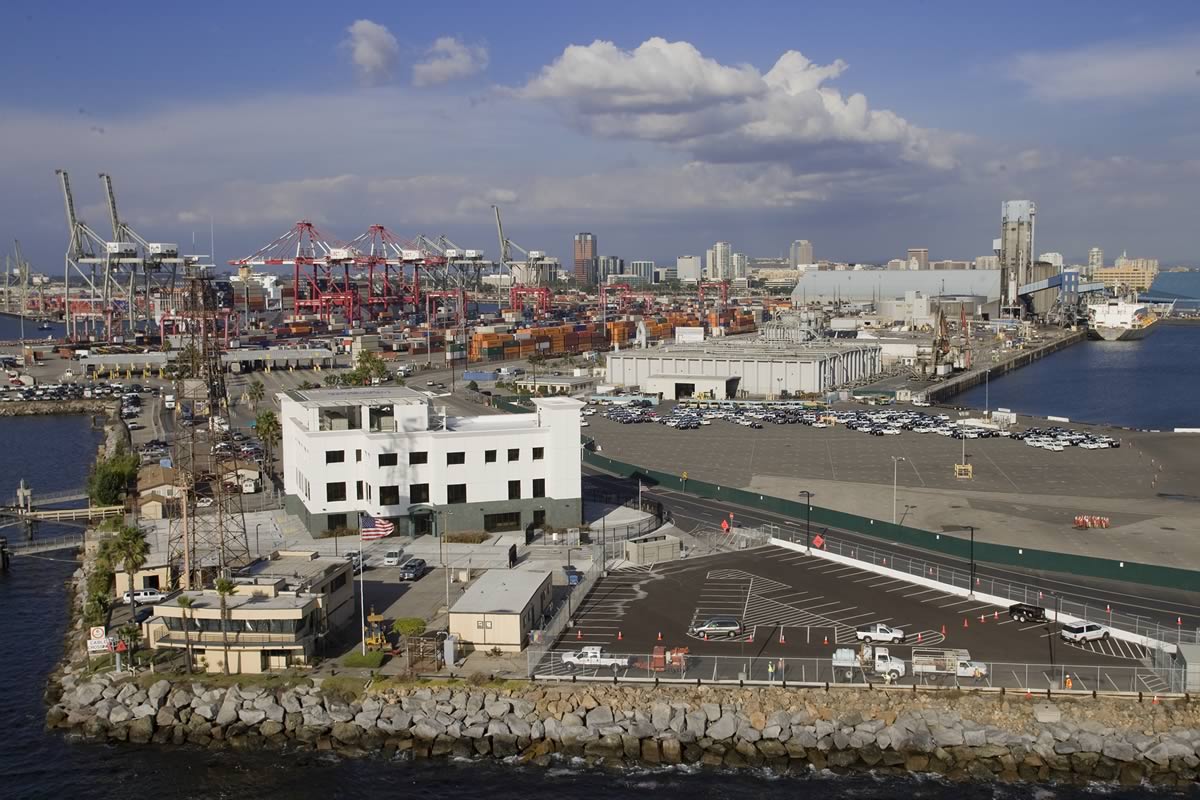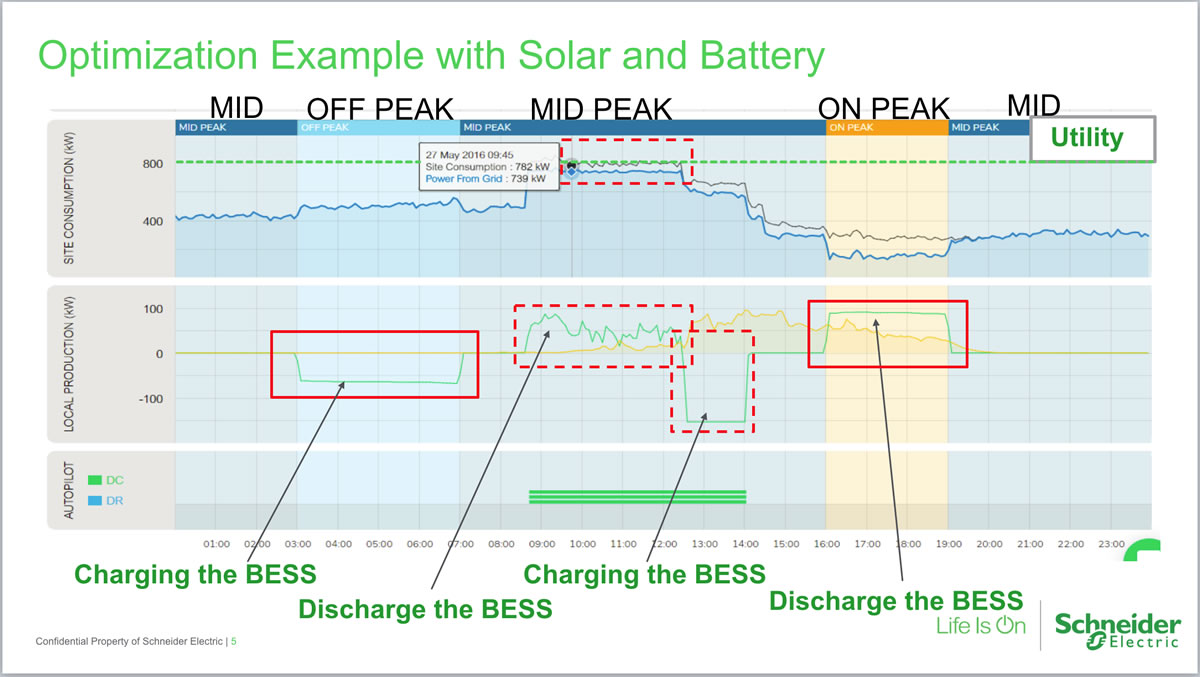Last fall Schneider Electric won a contract from the California Energy Commission (CEC) to build a microgrid for the Port of Long Beach, CA, the nation’s second busiest port. The $5+ million dollar grant was part of the funding for the Commission’s Electric Program Investment Charge (EPIC) program, which is designed to accelerate the transformation of the electricity sector to help the state meet its energy and climate goals. Schneider Electric will design and build the microgrid, which will reduce diesel use at the Port of Long Beach, cutting fuel costs and carbon emissions. If the main grid is not delivering power, the Port of Long Beach will be able to operate critical loads, powered by a microgrid.

Delivering his remarks at the 2019 HOMER International Microgrid Conference, Gregg Morasca, Schneider Electric Vice President for Strategic Customers, said, “The Port of Long Beach is planning a zero-emissions future so sustainability was a key goal.” Morasca says the move to zero-emissions means that more equipment will be moved to electric, leaving the potential to quadruple the Port’s electricity usage. This furthers the vulnerability of a utility outage and the need for microgrids. This new microgrid has renewable resources and battery storage, including a mobile unit that can be towed to refrigerated containers or a pump station if a power outage occurs.
The microgrid will also boost resilience and security for the port, a 3,200 acre facility that handles $194 billion in cargo every year and plays a vital role in the regional and national economy. Morasca says it’s still hard to price the value of resilience but a renewably-powered microgrid for Long Beach will bolster both business continuity and security. One of the beneficiaries is the port’s Joint Command and Control Center (JCCC) which ensures port security via a network of 400 cameras, both surface and underwater. The microgrid will also help cut utility bills for the Port of Long Beach through peak shaving and demand response.
Energy resources that will help power the Long Beach port microgrid include a 300kW solar carport, a 330kW/670kWh stationary battery storage system, and 250kW/220kWh of mobile battery energy.
The microgrid will be managed by Schneider Electric’s EcoStruxure microgrid architecture and software platform. EcoStruxure is an open protocol technology stack that addresses the three layers – connected products, edge control, and, at the top, applications, analytics and services. To reduce complexity and time-to-market for microgrids, the company has incorporated the bottom two layers – connected products and edge control – in their Energy Control Center. The Energy Control Center manages the power distribution of the utility supply, the solar, and the batteries, as well as the load side breakers along with the EcoStruxure Microgrid Operations (EMO). The microgrid operations software (EMO) provides the on-premise controls of the distributed energy resources and load breakers.

EcoStruxture Microgrid Advisor (EMA) is on the top analytics layer and provides optimization of the overall microgrid system, bringing in information such as weather and utility rate structures. Together, these systems will provide the management and optimization of demand response, peak shaving, and islanded operations.
Morasca says that in addition to the strong and forward-thinking leadership at the Port of Long Beach, there have been several factors responsible for the smooth rollout of this project, which is currently underway. One is a diverse project team that includes the University of California, the Electric Power Resources Institute, providing input on cybersecurity, local unions, which will be provided training on renewables, and the National Renewable Energy Laboratory.
Another is prioritization of the loads. “What’s really significant is understanding which loads are truly critical,” says Morasca, explaining that much of the cargo involves refrigeration. Storm water pumping stations are another critical load. It used to be that diesel generators would be wheeled into place in the event of an outage, but that would violate California’s new zero emissions goals. “With a mobile battery unit,” Morasca says, “they can quickly move it where power is needed, and supply clean energy until utility power is restored.”
Morasca says a key aspect of the Long Beach microgrid effort is that the learnings are designed to be shared. “It is significant that this project not be addressed as a one-off. A key goal is for it to not only be successful and cost-effective, it must also be replicable.” Learnings and training from the Port of Long Beach will be used in other critical facilities around the state and hopefully the country, particularly ports. Plans are on the drawing board for microgrids at the Port of San Diego and various airports around the country.

It will be interesting to learn what battery technology will be utiliized in view of the claim of “A Model for Clean, Reliable Energy at the Nationâs Busiest Port” in the title, as I urge people to understand that clean energy cannot contain dirty batteries – such as Lithium-based batteries. Also, long-duration, clean batteries is more suitable for minigrid applications.
Interesting comment Chris. What kind of clean battery systems are you suggesting to? And what are some of the other pros and cons?
All the best,
Lili Francklyn